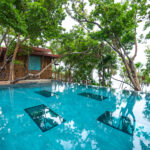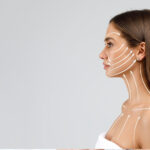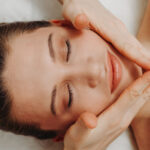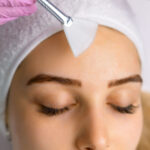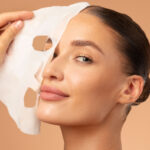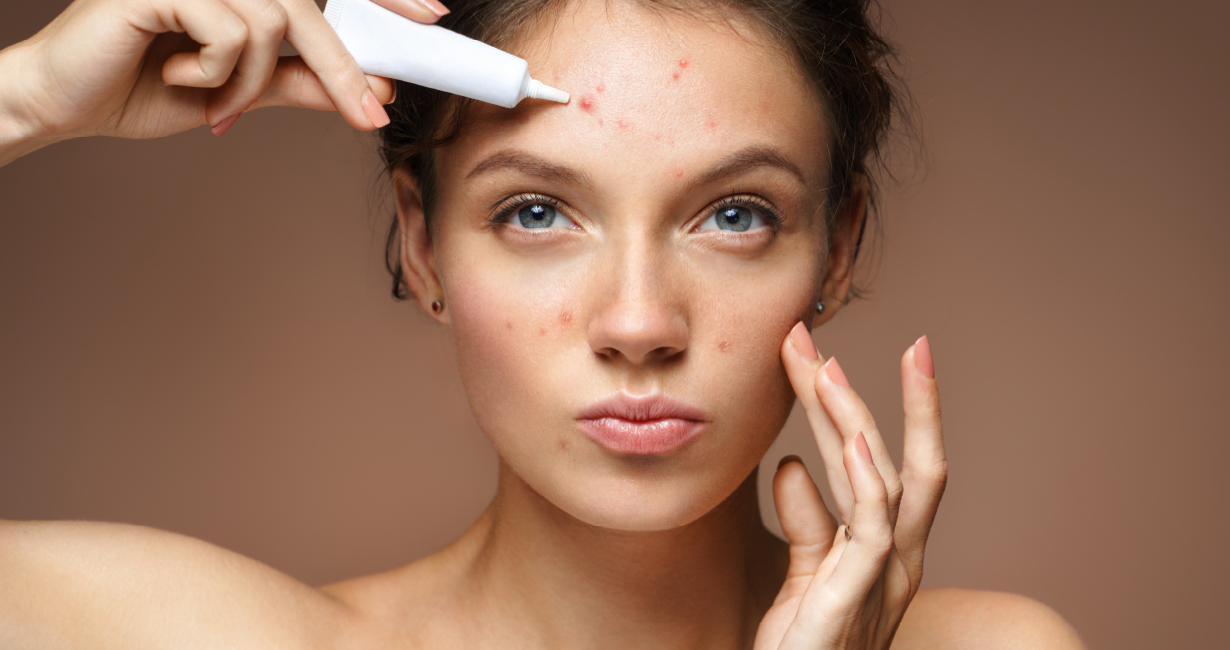
Understanding the Interplay of Medicine, Cosmetology, and MentalHealth
by Kibitska Hanna, MD – Dermatologist, Esthetician
Acne is one of the most common dermatological conditions affecting adolescents. The primary factors contributing to its development include hormonal changes, excessive sebum production, disruption of epidermal keratinization, activation of Propionibacterium acnes bacteria, and the subsequent inflammatory response. The interplay of these processes results in various forms of acne, ranging from comedones to severe inflammatory lesions such as cysts, which require more aggressive treatment. According to the World Health Organization (WHO), approximately 85% of adolescents experience acne, making it a significant factor in the development of psychological and social issues. Therefore, effective treatment—incorporating dermatological care, cosmetic procedures, and psychological support—is essential for achieving lasting results.
Modern dermatology offers a wide range of effective acne treatments, including pharmacological therapy, topical treatments, and hardware-based procedures. However, treating adolescent acne requires a specialized approach, as this age group exhibits distinct psychophysiological characteristics, such as increased emotional sensitivity and an underdeveloped nervous system. These factors can complicate their understanding and perception of the treatment process, particularly in the early stages, when they may struggle to recognize the importance of following medical recommendations.
Pharmacological treatments, which may include retinoids, antibiotics, benzoyl peroxide, or hormonal medications, often cause initial side effects such as worsening breakouts or an exacerbation of inflammation. These reactions can lead to discomfort, insecurity, and doubt about the chosen treatment, potentially resulting in skepticism and even discontinuation. Without psychological support during these stages, achieving the desired outcomes becomes more challenging. Adolescents may lack the experience to properly interpret temporary flare-ups as part of the healing process and may feel discouraged rather than reassured.
Another critical aspect of acne treatment is the involvement of a cosmetologist. Cosmetic procedures not only aid in skin healing but also help adolescents establish a consistent skincare routine. Essential steps such as preparing the skin for treatment, performing mechanical or ultrasonic cleansing, undergoing peels, and incorporating daily skincare products all play vital roles in a comprehensive therapeutic approach.
Notably, peels containing azelaic acid have demonstrated excellent results. A recommended 14-day course, alternating with non-invasive carboxytherapy, can be tailored to each patient’s needs. These treatments not only improve skin condition but also enhance the efficacy of pharmacological therapies by promoting pore cleansing, reducing inflammatory lesions, and regulating sebaceous gland activity.
Cosmetologists also provide essential guidance on proper skincare practices, including selecting appropriate personal hygiene products. Emphasizing the use of paper towels or disposable wipes for drying the skin after cleansing, regularly changing pillowcases (at least every five days), and ironing them can significantly reduce bacterial contamination. A tailored skincare regimen, considering skin type, acne severity, comorbid conditions, and ongoing dermatological treatment, ensures optimal results. A well-structured home care routine—including hydrating, sebo-regulating, and anti-pigmentation products such as kaolin-based masks—helps maintain healthy skin throughout the treatment process. Thoughtfully chosen skincare products not only reduce acne but also prevent new breakouts, promote post-inflammatory healing, and minimize hyperpigmentation.
For effective acne management, it is crucial to integrate dermatological treatments, facials, and psychological support. This comprehensive approach helps adolescents better understand their treatment, reduces anxiety, and reassures them that initial flare-ups are a normal part of the healing process. By addressing both the physiological and psychological aspects of acne, this strategy fosters long-term skincare habits and ensures sustained, stable results.



